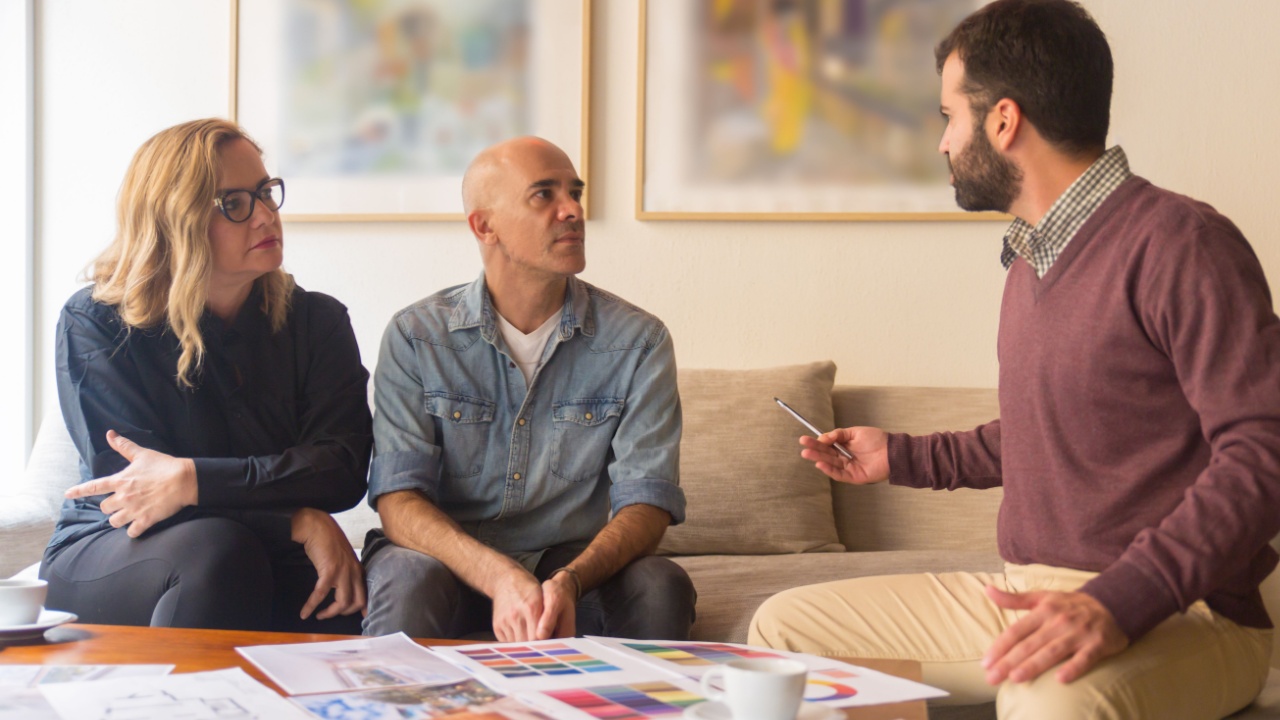
Interior Designers Reveal Clients’ Vaguest Requests
Designing a home is an art and a science, but sometimes, clients make requests that are more like riddles. Interior designers often hear vague, open-ended statements that leave them guessing what their clients truly want.
Here are some of the most common and confusing requests designers receive, along with what they really mean.
P.S.: Take notes because these will help you communicate better when hiring a designer for your home projects.
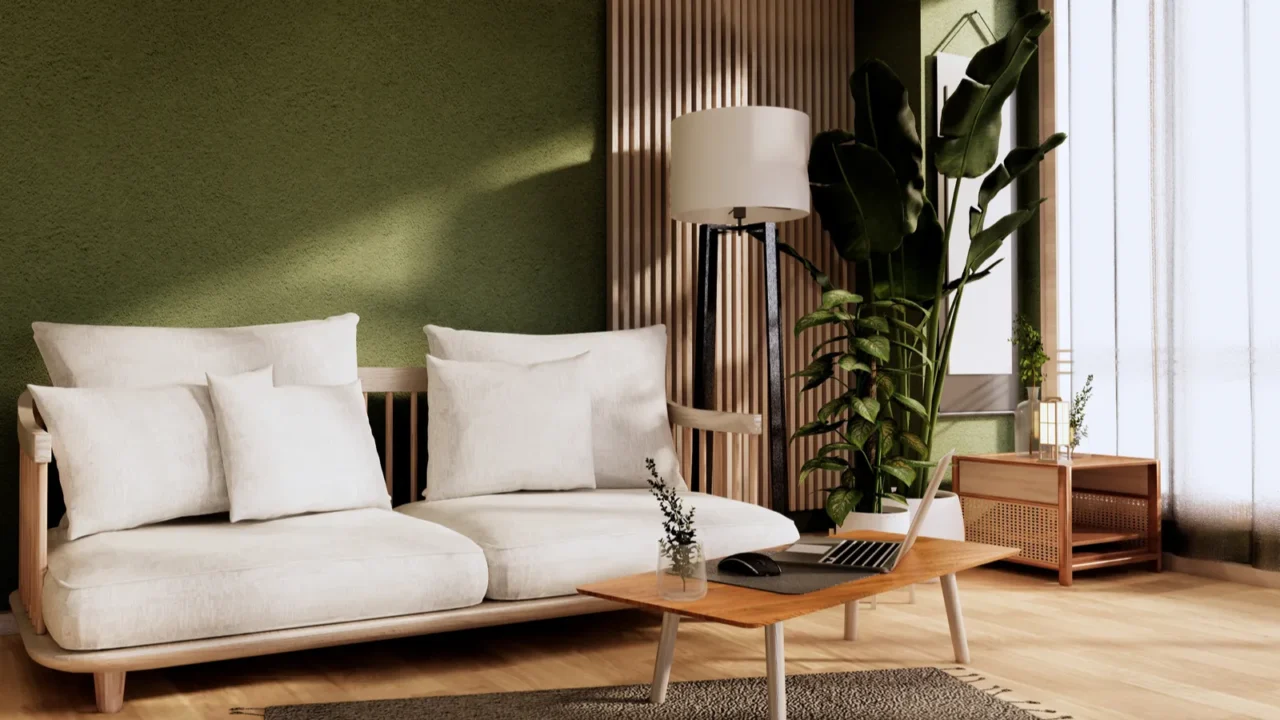
“Can you make this room bigger? I want more space.”
Wouldn’t it be great if interior designers could magically add square footage? While they can’t physically enlarge a space, they can make it feel bigger.
Mirrors, vertical storage, and multipurpose furniture create the illusion of openness. Plus, strategic furniture placement and proper lighting also play a huge role in maximizing perceived space.
Moreover, lighter paint colors and sheer curtains can open up a room instantly.
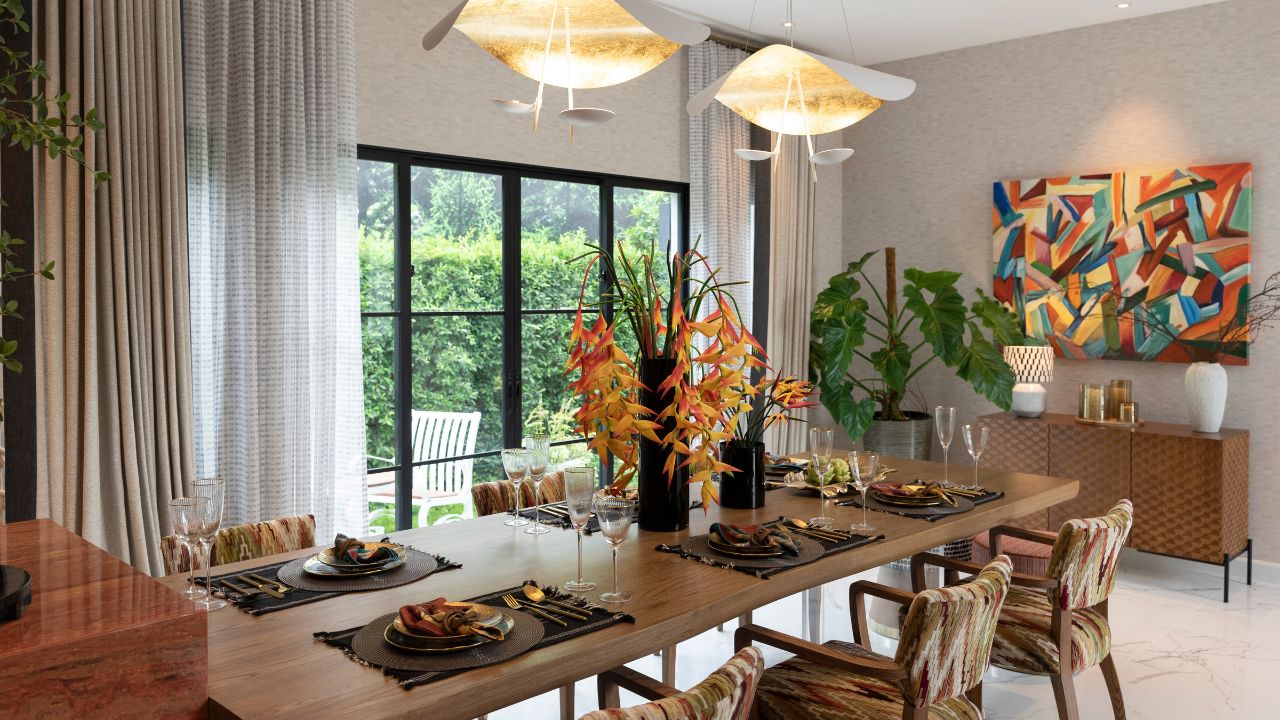
“I just want the design to be more… magical.”
“Magical” is one of those words that means different things to different people. Some clients want a fairytale feel, while others dream about a sleek, high-tech space.
Be clearer in your request to your designer. what does “magical” really mean to you?
Instead of just saying you want a “magical” space, try specifying the vibe you’re after. Do you picture a fairytale castle with rich, ornate details? A sleek, futuristic space with glowing accents? Or a minimalist, airy design with subtle enchantment?
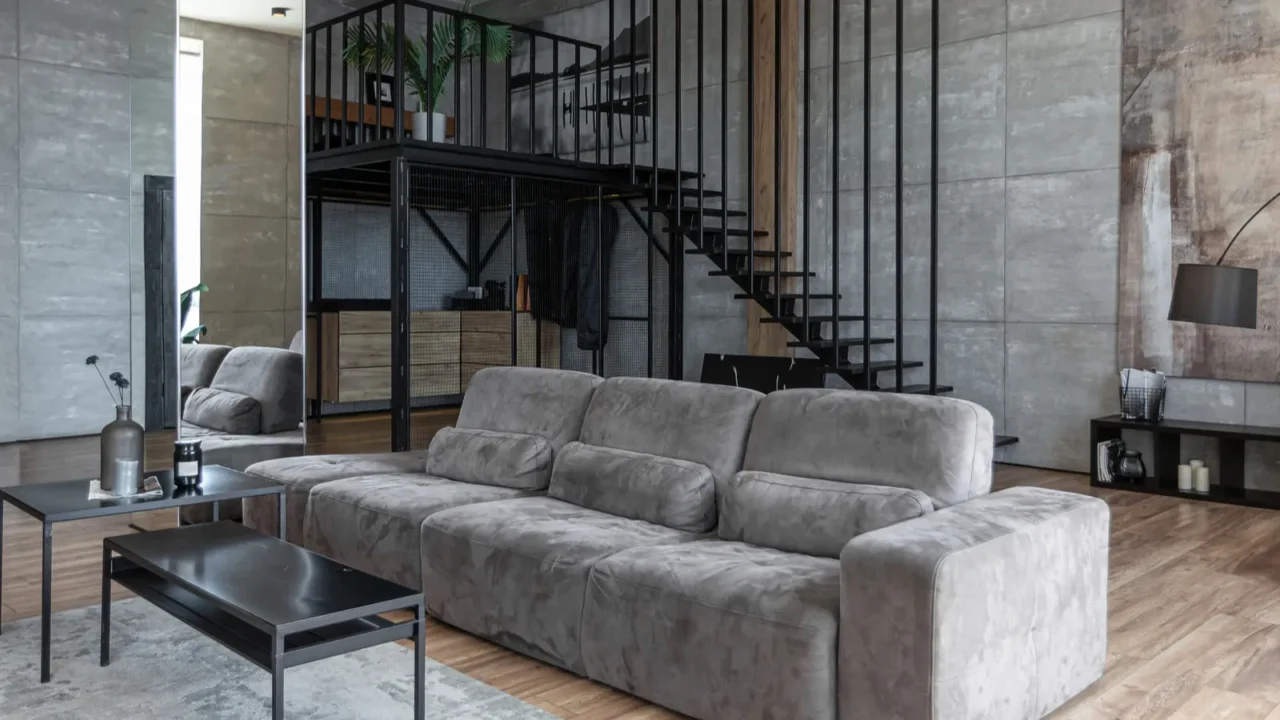
“Just copy this competitor’s design.”
Clients often fall in love with a design they see in a showroom or a friend’s house and ask for an exact replica. However, direct copies often fall flat because they don’t reflect the client’s lifestyle, personality, or existing space.
The best design, whether timelessly elegant or inspired by a new trend, should be customized to suit your home’s unique characteristics.
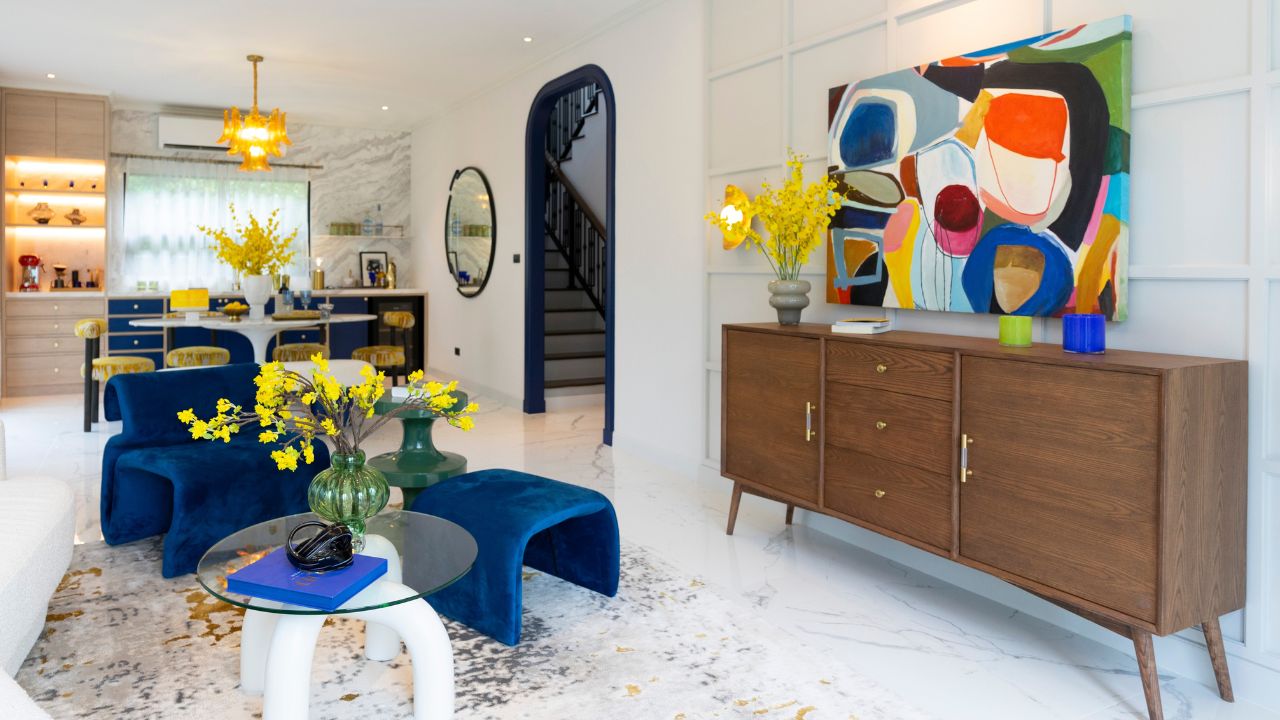
“I want it to pop more.”
A room that “pops” usually means one with more contrast, depth, or a focal point. This can be achieved through high-contrast color schemes, statement lighting, and bold textures.
The right balance between color, pattern, and material ensures that the space stands out without feeling chaotic. Even simple things like a bold accent wall, vibrant accessories, or oversized artwork can instantly add impact.

“Can we get a discount on that?”
Have you ever asked at a fancy restaurant for a discount on your meal just because? Sounds odd, right? That’s how designers feel when clients ask for discounts on furniture, materials, or design fees.
A lot of work goes into picking the perfect pieces, and cutting costs can sometimes mean cutting quality.
Smarter move: If the budget is tight, ask your designer for cost-friendly alternatives or a payment plan instead of a discount. You’ll still get a stylish space without making them feel like their work isn’t worth it!
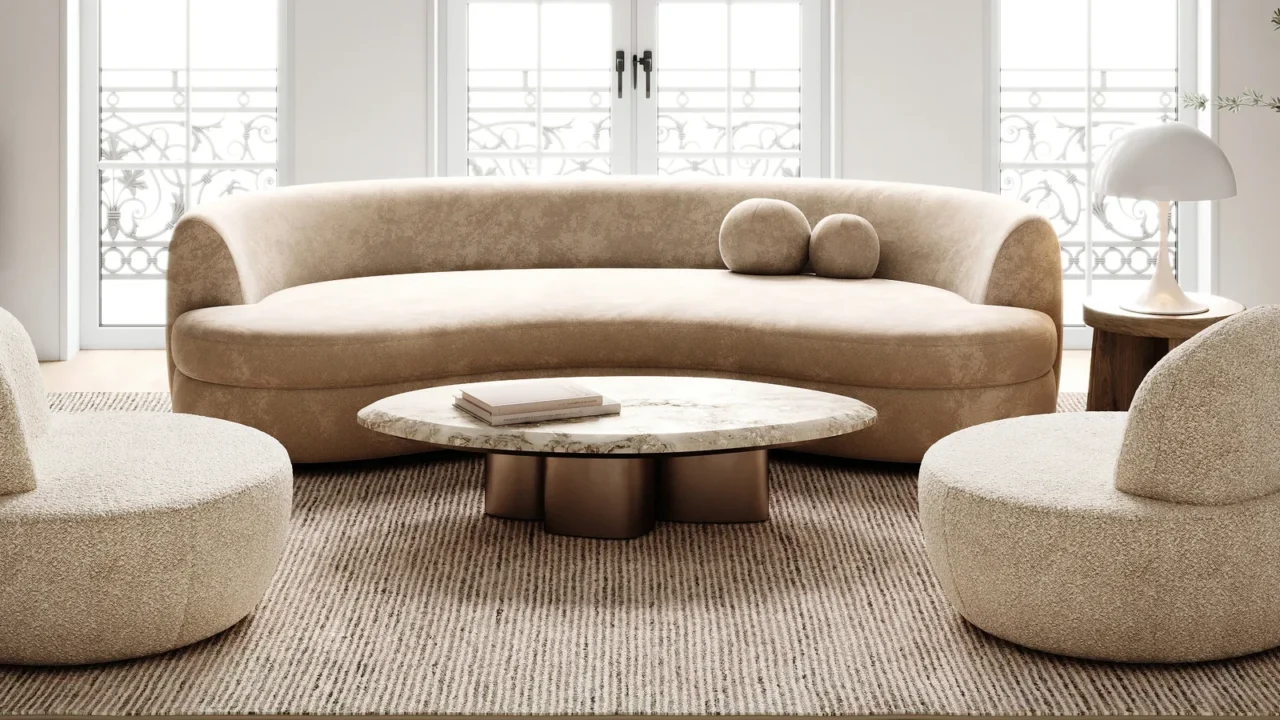
“I want everything that’s trending right now!”
Trendy home decor is like a TikTok dance: fun while it lasts but not always worth committing to forever.
Japandi coffee tables, bouclé chairs, and plaster arches may be stylish now, but what happens when the next big thing comes along? A house packed with trends can start to feel like a showroom instead of a home.
Better idea: Add trendy touches in small ways, like throw pillows, wall art, or vases, so your home feels fresh without needing a full makeover when styles change.
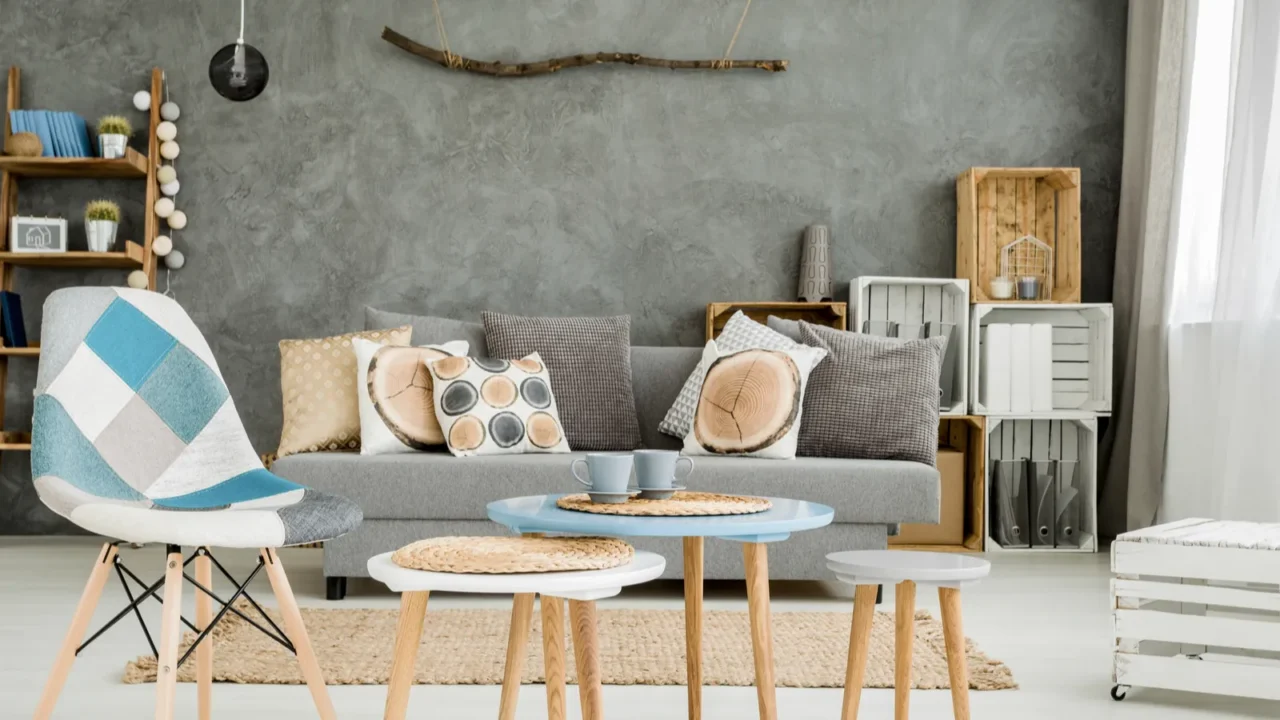
“Can we just figure it out as we go?”
Designing a home isn’t like improvising a road trip. Without a clear plan, things can quickly spiral into a chaotic (and expensive) mess.
Interior designers work best with a clear vision of your preferences, needs, and budget. If you’re unsure what you want, collect inspirational images, create a mood board, or at least share a list of what you don’t want.
The more direction you give upfront, the smoother the process will be.

“Let’s mix a little bit of every style”
Eclectic style can be gorgeous, but a little restraint goes a long way. When clients say they want a mix of everything, designers have to play referee between competing aesthetics.
Mid-century modern and farmhouse? Industrial and coastal? Mixing styles is totally doable, but it needs to feel intentional, not like a design identity crisis.
A better approach? Pick one dominant style and incorporate elements from others in smaller, cohesive ways.
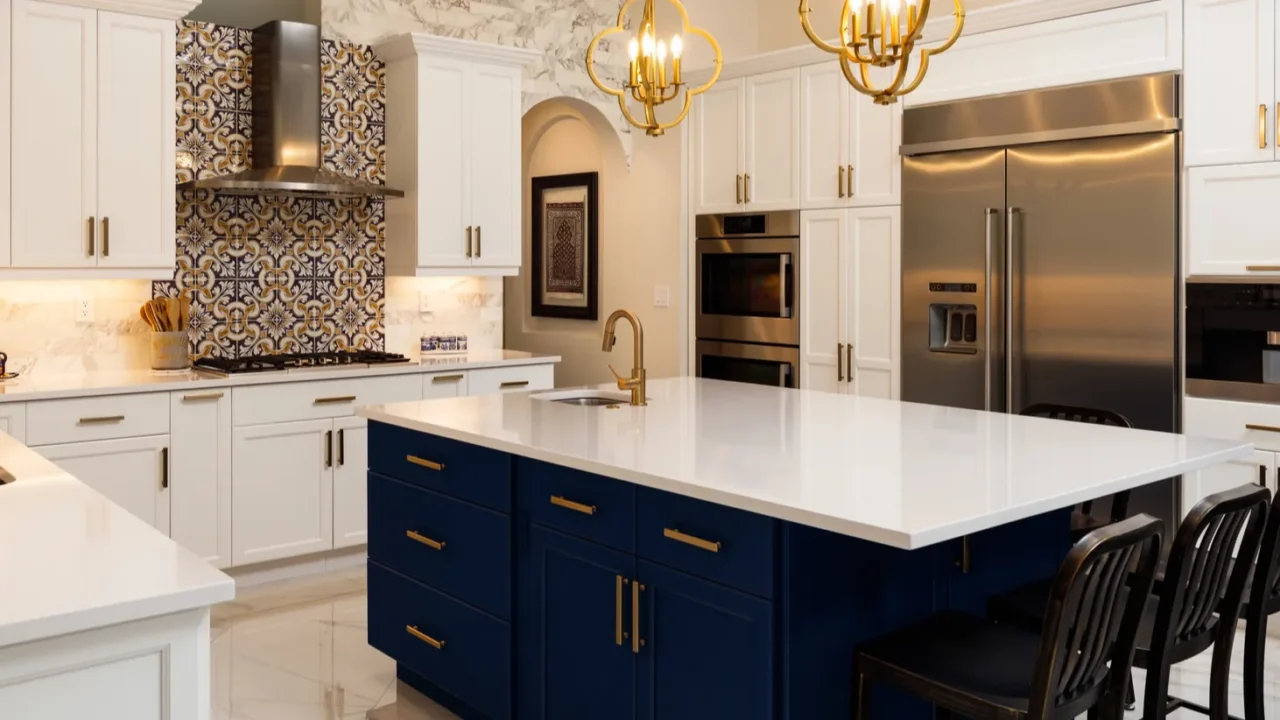
“I want my home to look super luxurious, but on a budget!”
Fake luxury is like a knockoff designer bag. It might look good at first, but it doesn’t hold up.
Things like plastic “gold” finishes, fake marble countertops, or laminate wood flooring may seem like a shortcut to a high-end look, but they often wear out fast and lose their charm.
Instead of cheap imitations, choose affordable real materials like quartz instead of fake marble or real brass hardware instead of spray-painted metal. It’ll look better and last longer.
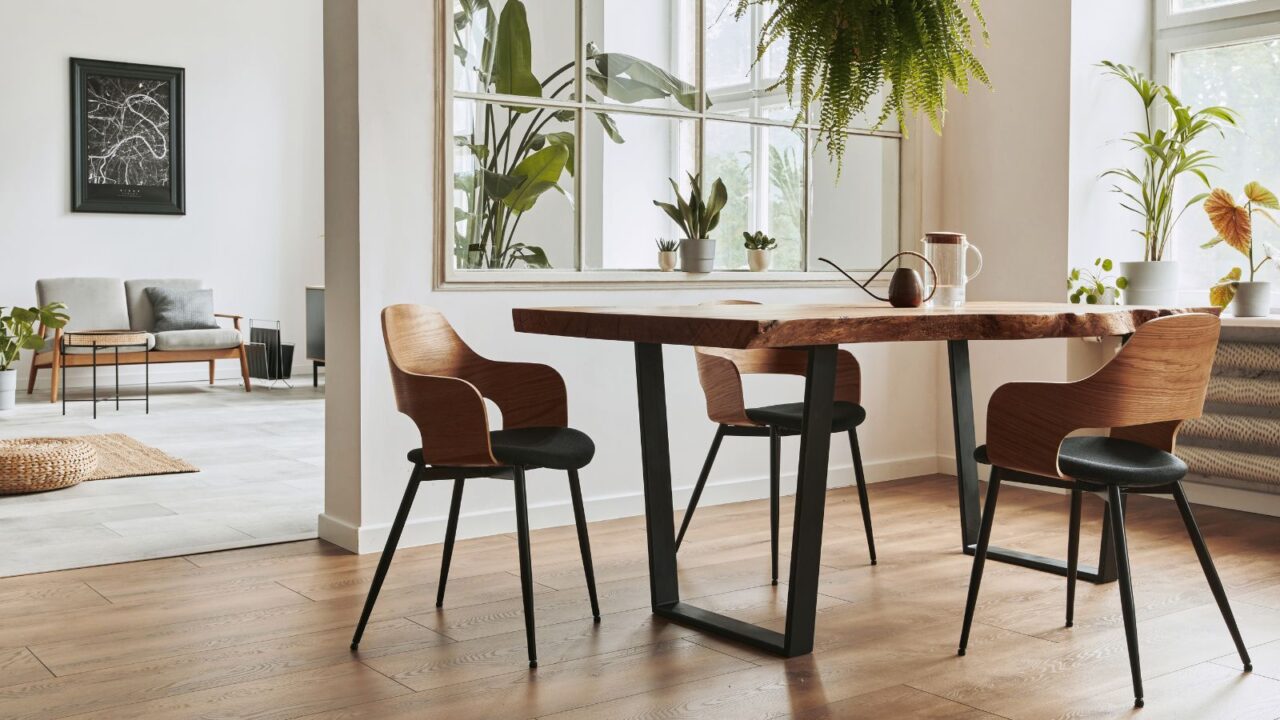
“Can you just do the design, and I’ll take care of the rest myself?”
Some clients think they can save money by hiring a designer for ideas and then executing everything themselves. The problem? A design is only as good as its execution.
Without a professional overseeing the process, things can go wrong—incorrect furniture sizing, poor material choices, or contractors who don’t follow the plan correctly.
If you want a designer’s expertise, trust them to manage the project or at least consult them during key decisions.
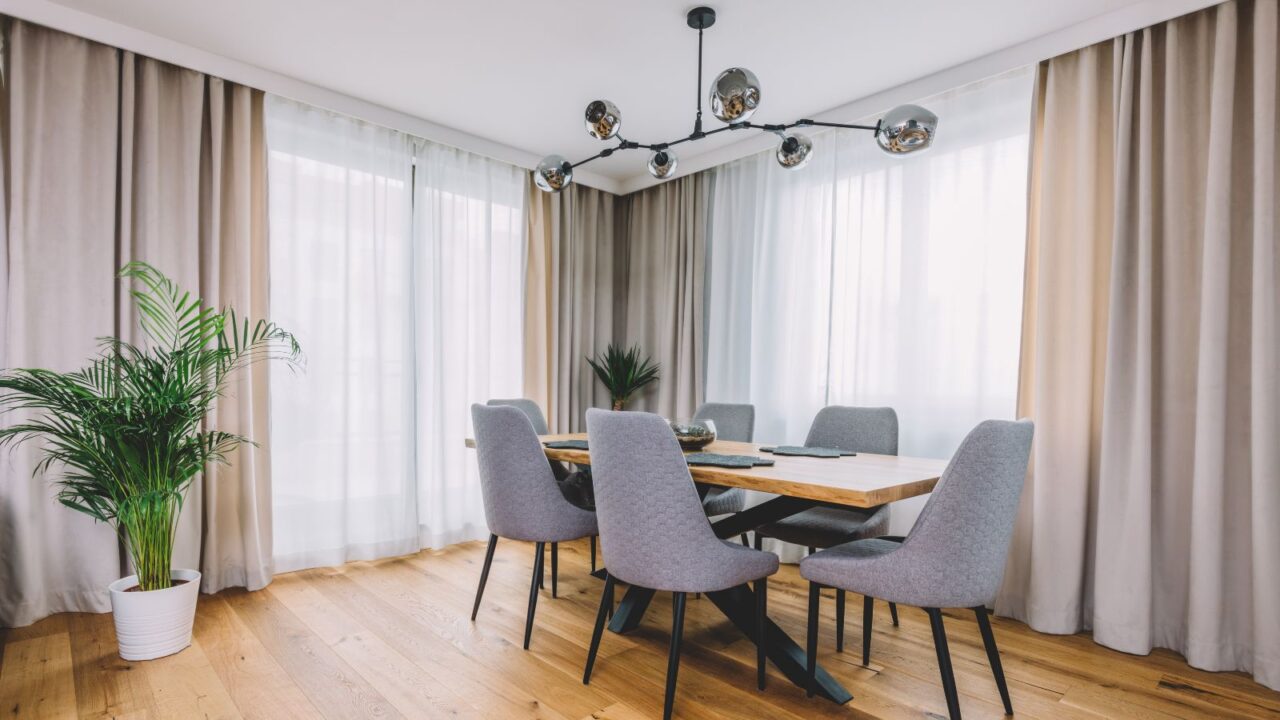
“Can I return custom pieces if I don’t like them?”
Unlike mass-produced furniture, custom pieces are made just for you. Asking to return a custom-made sofa or built-in shelving because you changed your mind is like trying to return a tailored suit.
Better approach: Be sure about your choices before committing to custom work. Look at samples, request mock-ups, and ask your designer for guidance before placing orders.
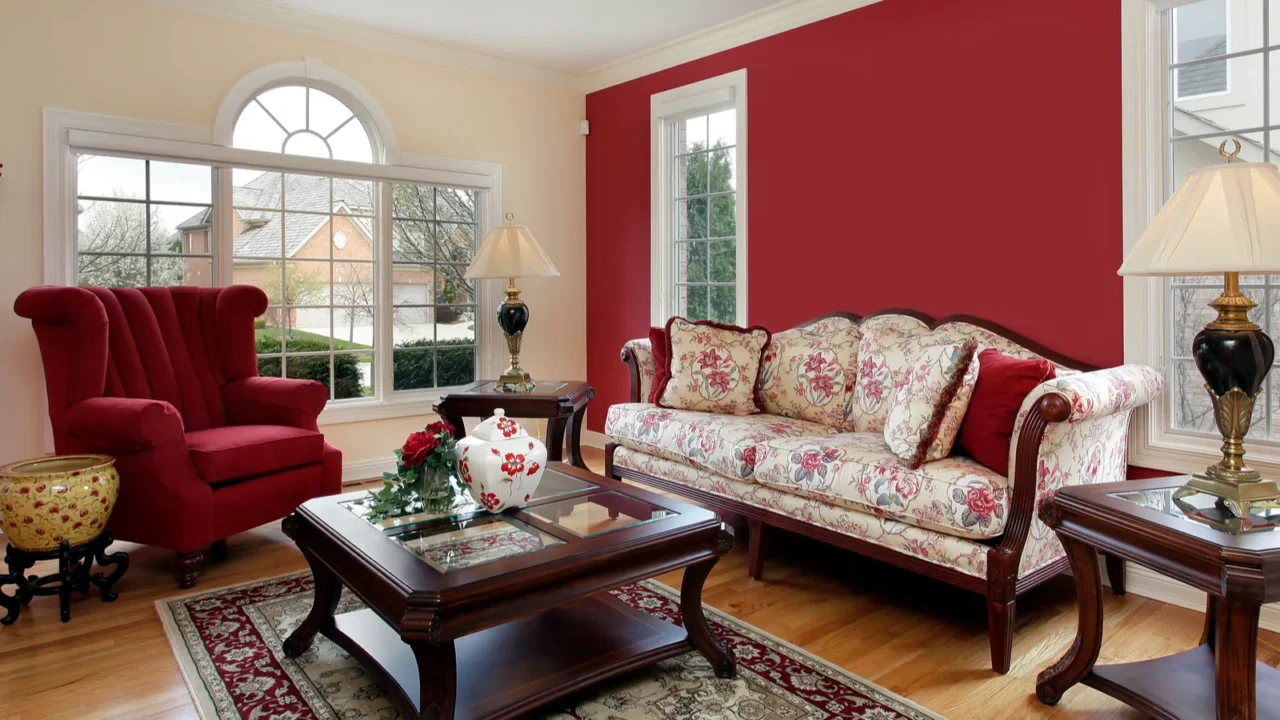
“Can we speed this up? I need everything done before the actual deadline.”
Designing a space takes time—custom furniture, contractor schedules, and product availability all play a role. A rushed project often results in mistakes, low-quality choices, or a design that feels unfinished.
Better approach: If you’re on a tight deadline, let your designer know from the start so they can suggest realistic solutions, such as in-stock furniture instead of custom orders.
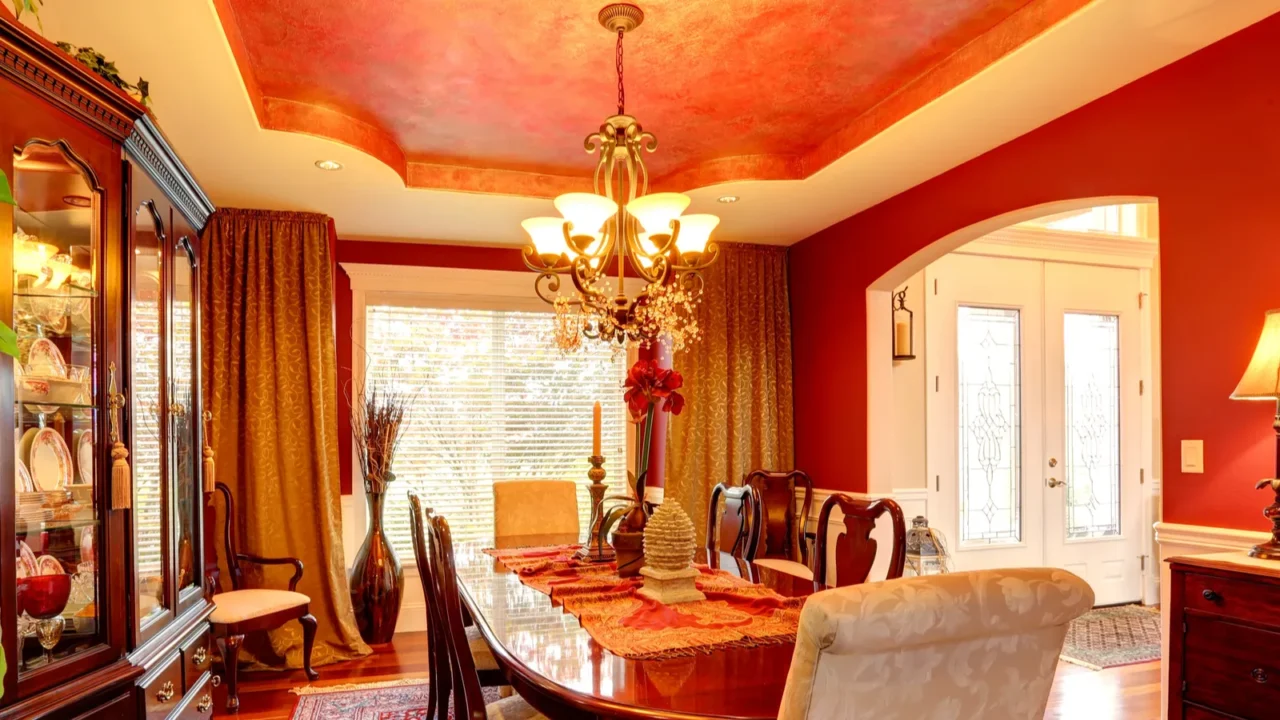
“I want everything to match perfectly.”
Another request that triggers interior designers is when clients want everything to be matchy-matchy.
While matching furniture sets may seem like a safe choice, they often make a space look stiff and uninspired.
The key is finding a balance that feels intentional rather than chaotic. Use a cohesive color palette, but mix textures for a more dynamic look.
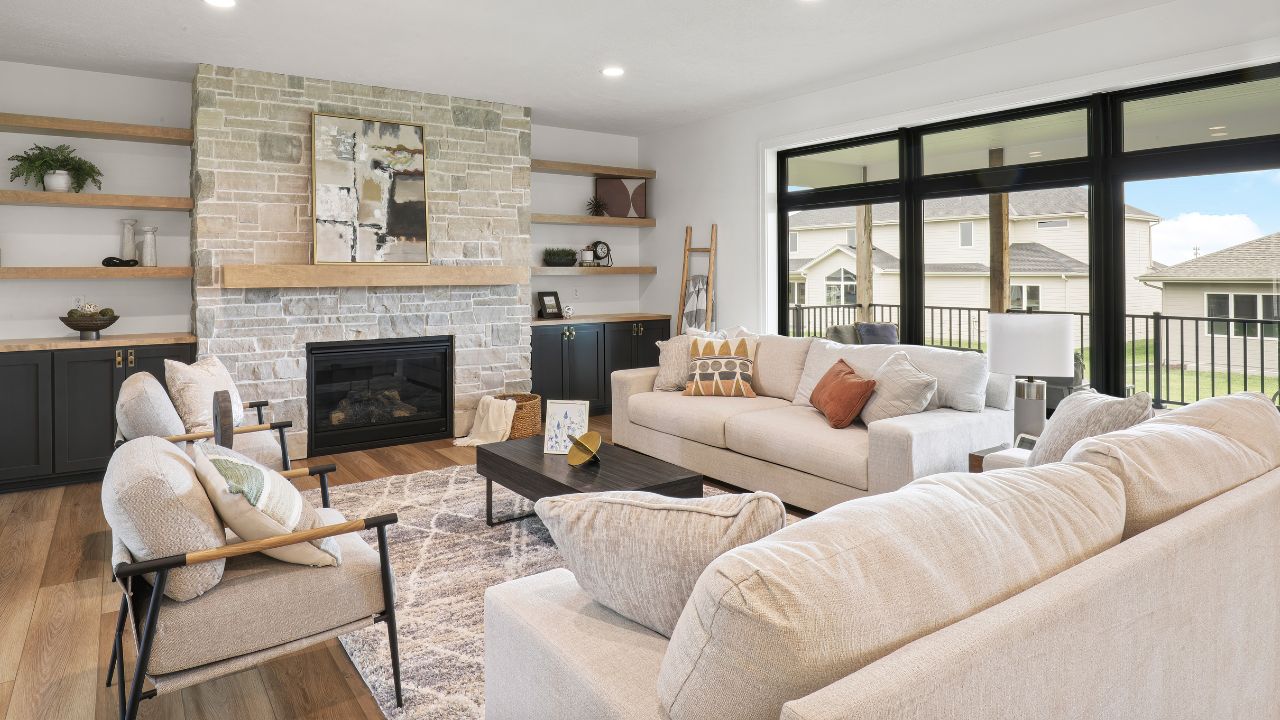
“I found this cheaper online; can we use it instead?”
Finding a budget-friendly alternative isn’t always a bad idea, but there’s a fine line between saving money and sacrificing quality.
Some budget home finds work well, but others may wear out faster or look out of place in a high-end design. Designers prioritize durability, materials, and craftsmanship to ensure long-lasting results.
Want to avoid common pitfalls? Discover the mistakes that can make your home look cheap—and how to fix them.

“Let’s start without a contract”
Skipping a contract might seem casual, but it’s a huge risk for both sides. Without clear terms, what happens if delays, miscommunications, or mistakes occur—whether it’s the designer’s fault or yours?
A contract outlines responsibilities, payments, and what to do if things go wrong. It protects both you and the designer, ensuring a smooth process.
Better approach? Discuss concerns upfront, but always sign a contract—it keeps everyone on the same page.
Want to make smart design choices? Check out the things designers say not to splurge on—they might surprise you.

At the End of the Day, Choice is Yours
Of course, it’s your space, and you have every right to design it exactly how you like; you’re the one paying for it. But keep in mind that designers often have a better sense of how everything will come together in the end.
Being open in your communication can help avoid any design disappointments later.
Want to make sure you’re on the same page with your team? Check out our guide to teaming up with contractors & designers for a smooth and successful project.
What do you think? Should clients follow expert advice, or is it totally fine to go with their own vision no matter what? Let’s discuss this in the comments.
Read More From This Brand:
- Designer Picks for Stunning Bathroom Upgrades
- Common Interior Design Icks and Their Fixes
- 15 Must-Haves in a Designer’s Dream Kitchen
Don’t forget to follow us for more exclusive content right here on MSN.